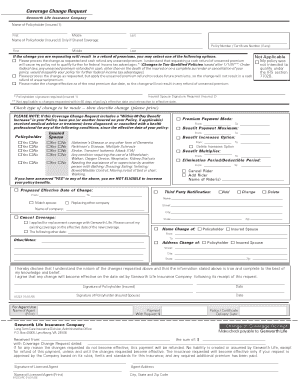
Allin also notes that the main contributors to inequity in dental care are income and dental insurance coverage. Similar work by van Doorslaer and Masseria shows that Canada ranks among the poorest performers among OECD nations in this regard. Allin, using the horizontal index approach (which tests the horizontal version of the equity principle, requiring that people in equal need of care are treated equally, irrespective of characteristics such as income, place of residence, race, etc.), has demonstrated that Canada's dental care system is 'pro-rich,' confirming that in all of its ten provinces, the probability of visiting a dentist is much higher for those with the least need. For example, as Leake has stressed, Canada's dental care system is a clear example of 'the inverse care law,' where the people that need the most care receive the least. Overall, Canada's dental care system has been defined as inequitable on a variety of fronts. Further, it is anecdotally reported that in light of the recent global economic downturn, middle-income families are now contacting local public health agencies in an effort to access publicly financed care. New populations and access problems are also appearing, such as 'the working poor', who do not qualify for public insurance, yet do not have jobs that offer employment-based insurance, again the country's dominant form of financing care. It is known that socially marginalised groups experience disproportionate levels of oral disease, illness, and disability, and are the least likely to visit a dentist or have dental insurance. Significant inequalities in oral health and access to care are long-standing and well documented. In this context, Canadian governments are now being asked to respond to historical and emerging issues in access to dental care. low income children and adults), and is supported by different levels of government depending on the group insured. Of the approximately 5% of publicly financed care that remains, most has focused on socially marginalised groups (e.g. As opposed to its national system of public health insurance, dental care in Canada is almost wholly privately financed, with approximately 60% of dental care paid through employment-based insurance, and 35% through out-of-pocket expenditures.

Among these countries, Canada ranks second last in the public financing of dental care. How people have historically spent money on dental care highlights important gaps in Canadian dental care policy.Įquity in dental care use has recently gained more prominence as a health policy issue in Canada and in other OECD nations. ConclusionsĪlleviating the price barrier to care is a fundamental part of improving equity in dental care in Canada.

Low- and middle-income households appear to be most sensitive to changes in financing.

We demonstrate that changes in financing have important implications for out-of-pocket expenditures: with more financing come drops in the amount a household has to spend, and with less financing come increases. This is a mixed methods study, comprised of an historical review of Canada's dental care market and an econometric analysis of household out-of-pocket expenditures for dental care. This study asks: How have historical changes in dental care financing influenced household out-of-pocket expenditures for dental care in Canada? Methods

By removing costs at point of purchase, changes in financing influence the need to reach into one's pocket, thus facilitating or limiting access. Changes in third party financing, whether public or private, are linked to a household's ability to access dental care.


 0 kommentar(er)
0 kommentar(er)
